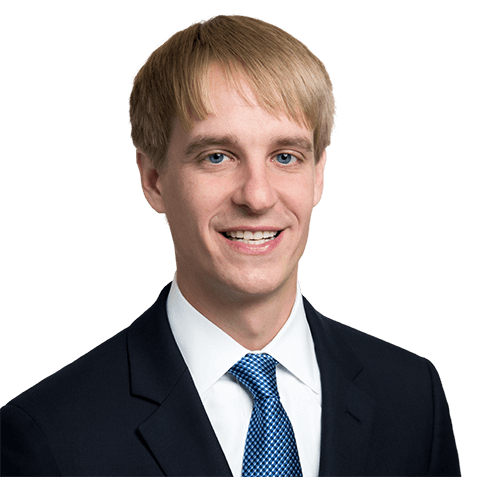Scott J. Burya, Ph.D.
Regulatory Chemist
T: 202-266-5013
F: 202-557-3836
Overview
Scott J. Burya, Ph.D. is a Regulatory Chemist with The Acta Group (Acta®). Dr. Burya has assisted in the preparation and submission of over 100 notifications to the U.S. Environmental Protection Agency (EPA) and commands a thorough and contemporary understanding of EPA’s review process for new chemicals under the Toxic Substances Control Act (TSCA). This specialized experience makes him an invaluable resource to assist clients in preparing robust and scientifically rigorous Premanufacture Notices (PMN) and Low Volume Exemptions (LVE) and in determining whether and which exemptions under TSCA apply, such as the polymer exemption, the research and development (R&D) exemption, and exemptions in 40 C.F.R. Section 720.30.
Representative Engagements
- Assisted a client successfully to ensure consistent compliance and contest allegations of non-compliance by completing a quantitative risk assessment using innovative processing information and submitting to EPA in an LVE Modification.
- Addressed issues raised by EPA during the review of a TSCA PMN by refining exposure estimates and identifying appropriate hazard data, resulting in a “not likely to present an unreasonable risk” determination with no TSCA restrictions.
- Assisted a start-up company to address EPA’s concerns and obtain an LVE needed to commercialize a novel nanomaterial product.
- Specified testing needed to address food contact regulations in the United States and the European Union for a new coating product and evaluated the resultant migration data against applicable regulatory limits.
- Prepared argument elaborating the chemical identity of a product flagged during a compliance inspection demonstrating that no TSCA violation occurred.
- Assisted client in determining that a key monomer was listed on the confidential portion of the TSCA Inventory, allowing the associated polymer to be eligible for the polymer exemption.
Professional and Community Involvement
- Member, American Chemical Society, 2010 – Present
- Inter-American Photochemical Society, 2011 – 2013
- Ohio State Science Fair Judge, 2011 – 2013
Articles and Writings
J. Brian Xu, M.D., Ph.D., DABT® and Scott J. Burya, Ph.D., “FCM regulations in China and the US – a comparison,” CW+ AsiaHub, July 18, 2018.
Palmer A.M., Burya S.J., Gallucci J.C., Turro C. Photoinduced intercalation and coordination of a dirhodium complex to DNA: dual DNA binding. ChemMedChem 9:1260-5. 2014.
Sambasivan R., Zheng W., Burya S.J., Popp B.V., Turro C., Clementi C, Ball Z.T. A tripodal peptide ligand for asymmetric Rh(ii) catalysis highlights unique features of on-bead catalyst development. Chemical Science. 5: 1401-1407. 2014.
Li Z., Burya S.J., Turro C., Dunbar K.R. Photochemistry and DNA photocleavage by a new unsupported dirhodium(II,II) complex. Philosophical Transactions. Series a, Mathematical, Physical, and Engineering Sciences. 371:20120128. 2013.
Presentations
“WEBINAR — Keeping up with FSMA – Rules, Obligations, and Key Compliance Dates,” Bergeson & Campbell, P.C., (October 17, 2018).
Burya, S.J., Gallucci, J.C., Turro, C. Photoinduced ligand exchange and covalent DNA binding by two new dirhodium acetamide complexes. 243rd ACS National Meeting, 2012.
Burya, S.J., Gallucci, J.C., Turro, C. Photoinduced Ligand Exchange and Covalent DNA Binding by Two New Dirhodium Acetamide Complexes. Pittcon Conference and Expo, 2012.
Burya, S.J. The Photochemistry and DNA Binding of Novel Inorganic Complexes. The Ohio State University, Hayes Forum, 2012.

